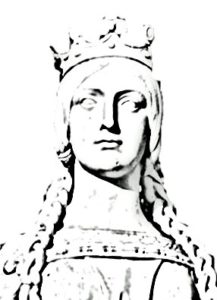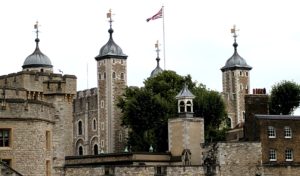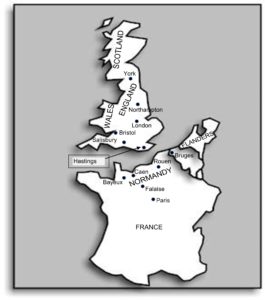CHAPTER 1
Wife of a Conqueror
from Family Stories …and How I Found Mine
by J. Michael Cleverley
Women regularly get short shrift in history, and especially family history (where there is often still a myth that one’s male surname lines are most important). Case in point: many people know about William the Conqueror, but who has heard of his beautiful, gifted, and accomplished wife, Matilda? I chose to write my first chapter about a woman, and I’m glad I did. Matilda is one of England’s most illustrious women, yet still a “best kept secret.” In her lifetime she was known as a cultured, virtuous, bright, head-strong administrator with a sterling pedigree. William seems to have been head-over-heels in love with her from the day they wed to the day she died.

 From a statue of Matilda in Luxembourg Gardens, Paris, a 19th century depiction that is regal but does not reflect her likeness in life. Her real appearance has been lost to the centuries, but we know she was small and petite, full of energy and life.
From a statue of Matilda in Luxembourg Gardens, Paris, a 19th century depiction that is regal but does not reflect her likeness in life. Her real appearance has been lost to the centuries, but we know she was small and petite, full of energy and life.

